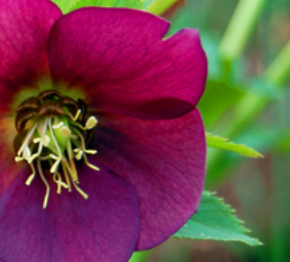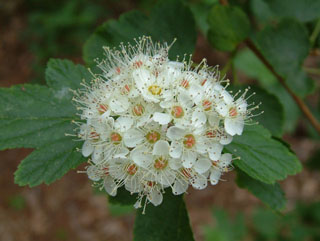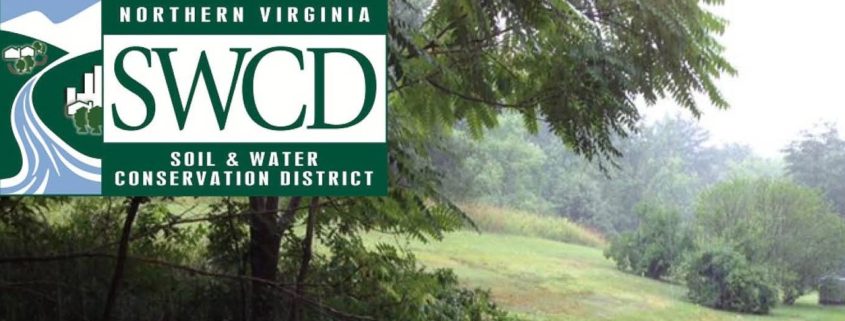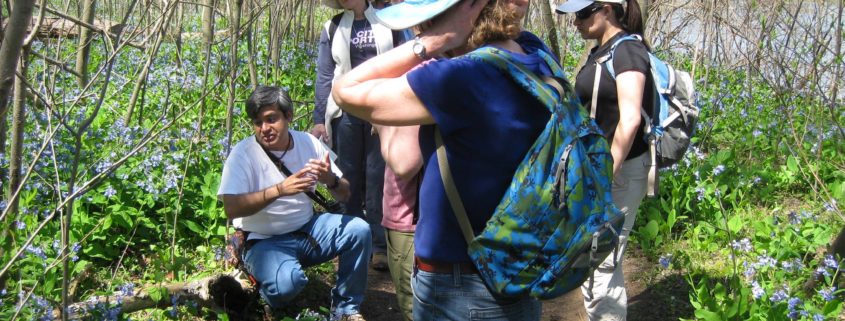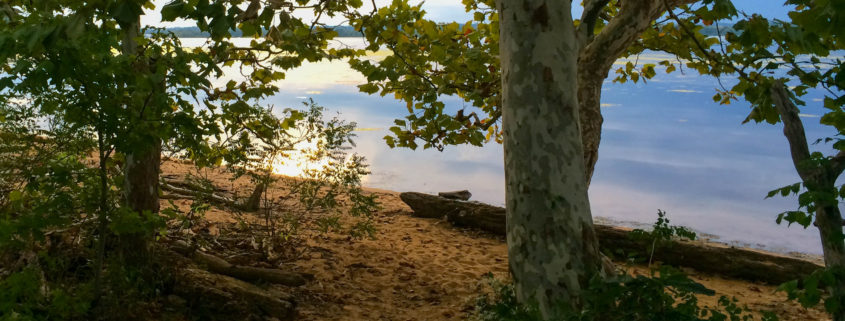Saturday, January 6
Stream Monitoring Workshop: Chantilly
Time: 1:30 – 4pm
Location: Big Rocky Run Stream Valley Park, Chantilly
Help monitor Big Rocky Run as it flows through a sliver of forested parkland between the residences of the Greenbriar neighborhood. Please RSVP to Dan Schwartz for directions and instructions.
Sunday, January 7
Stream Monitoring Session: Prince William County, Haymarket
Time: Noon – 2:30pm
Location: James Long Park, Haymarket
Join long-serving certified monitor Elaine Wilson and her team for fall monitoring at this beautiful site on the Catharpin Creek in the Gainsville area. This location has some outstanding and unique critters. Spots are limited. For more information and to RSVP, contact Elaine.
Wednesday, January 10
Fairfax County Public Hearing on the Environment
Time: 7:30pm
Location: Fairfax County Gov’t Center, Conference Rooms 9-10, 12000 Government Center Pkwy, Fairfax, VA
The Environmental Quality Advisory Council invites all interested citizens to share their views and concerns on the state of the County’s environment. Written, verbal or video testimony is encouraged. To be placed on the speakers list or for additional information, call the Dept. of Planning and Zoning at 703-324-1380 (TTY 711) or send an e-mail message (and/or submit written testimony) to [email protected]. For video testimony, upload to YouTube, Vimeo, or UStream and email the URL to EQAC by 5pm on January 3.
Saturday, January 13
Potomac River Cleanup
Time: 10am
Location: Jones Point Park, Alexandria, VA
Participate in the Martin Luther King Jr. Day of Service by helping the Potomac Conservancy and its volunteers clean the river banks at Jones Point Park in the City of Alexandria. In 2017, this event prevented 12,000 pounds of trash from entering the river. Can YOU help break that record in 2018? Please RSVP online.



